Small, light, and efficient speed controller for brushless DC motors
Designed by Pesky Products in United States of America
This product is no longer available for sale.
The seller may be offering an improved version or it may be hanging out on the beach, enjoying the retired life.
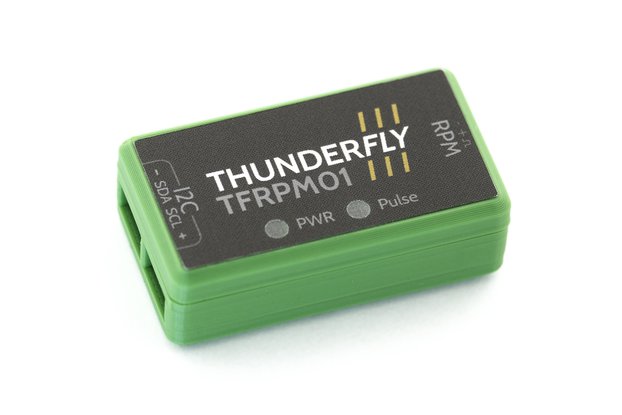
$77.00
Free Shipping!

$84.00
Free Shipping!

$44.00
Free Shipping!
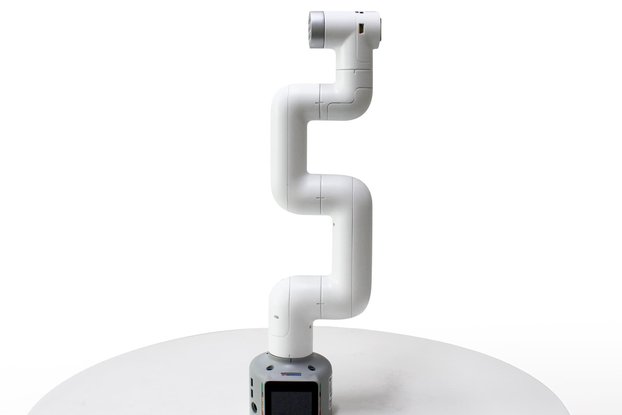
$599.00
Free Shipping!
What is it? This is a very small (10.16 mm x 10.16 mm) and light-weight (0.1 g) electronic speed controller (ESC) for driving brushless DC (BLDC) motors using PWM output (1 ms - 2 ms) of a microconro…
Read More…This is a very small (10.16 mm x 10.16 mm) and light-weight (0.1 g) electronic speed controller (ESC) for driving brushless DC (BLDC) motors using PWM output (1 ms - 2 ms) of a microconroller for speed and direction. The ESC is ideal for driving small motors like the AP-02 and AP-03 designed for helicopter tails and small quad- and hex-rotor drones.
The motor current phasing is detected and managed by a Silicon Labs C8051 F850 8-bit controller, which is 40% smaller than the F330 usually found on small 1S ESCs. The design allows the motors and the ESC to be powered directly from the same 1S (one-cell) LiPo battery since the maximum voltage rating of the F850 is 4.2 V.
The motor current is driven through a FET network using TI's tiny NexFets which offer very low on resistances (8.8 mOhm for n-type CSD13306 and 19.4 mOhm for p-type CSD23203). This means there are very low losses from the FETs for maximum motor efficiency. The FETs are capable of handing 3 A of continuous current and have short-time, peak current capacity of 55 A and -44 A for n-type and p-type, respectively. This means there is less chance of burning out a FET and destroying the ESC due to electrical shorts or propeller stalls, etc.
The F850 comes flashed with BLHeli firmware for driving BLDC motors and is easily configurable using the BLHeliSuite GUI to modify ESC performance to suit your application. I use a Silicon Labs Toolstick and a Debug Adapter board (see above image) but there are several ways to flash the ESC with modified firmware.
The ESC comes with the program port broken out to two through-holes for easy connection to hooked test probes for flashing without having to solder to tiny test pads. In fact, all the connections are made through over-sized through holes allowing 28 gauge wires to be used if needed for maximum current carrying ability and convenience.
The result is the smallest, lightest, most efficient and easiest to use 1S ESC on the planet!
I started using brushed motors for my flying vehicles since I started by copying the crazyflie design. I discovered, though, that BLDC motors can offer more power for less weight and in a more convenient (flatter) form factor. The motors are more expensive, and require ESCs which can add complexity. I found the MX-3A ESCs I initially chose hard to use too.
The MX-3A ESCs often come with a 2K pull down on the PWM input signal that has to be removed, have small test pads for flashing firmware that are somewhat hard to use, and often come with connectors that have to be removed for the applications I had in mind. Plus it was never clear which Fets are being used nor what their characteristics are. In short, the available ESCs were something of a blackbox and I wanted to have more control over the performance and form factor. So, I designed my own version using the MX-3A circuit diagram as a guide.
I used the 44% smaller F850 controller and the much smaller NeXFets to reduce the area (by one-third) and weight of the ESC. The NexFets are some of the most efficient low voltage Fets available so the efficiency is maximized while the small size of the Fets aids the ESC areal size reduction.
The program port is now located at the edge of the ESC board using large enough through holes for clip-on test probes. As a result, the firmware is easily modified without soldering in less than 20 seconds and can be iterated for optimization for any given application with little trouble.
These are the smallest, lightest, and most efficient 1S (single 4 V LiPo battery) ESCs available anywhere. It is easy to modify the firmware for customizing performance for your particular application. This is a significant improvement over the MX-3A ESC design.
Order the pc boards from OSH Park and assemble some of your own, or buy the fully assembled, flashed, and tested ESCs from me and see how easy it is to tailor BLDC performance to suit your needs!
Product: (4.00)
Documentation: (3.00)
Shipping: (4.00)
Communication: (3.00)
Masaki | Dec. 1, 2016
Danville, CA, United States of America
Ships from United States of America.
180 Reviews | 5,436 Orders

$49.95
Free Shipping!
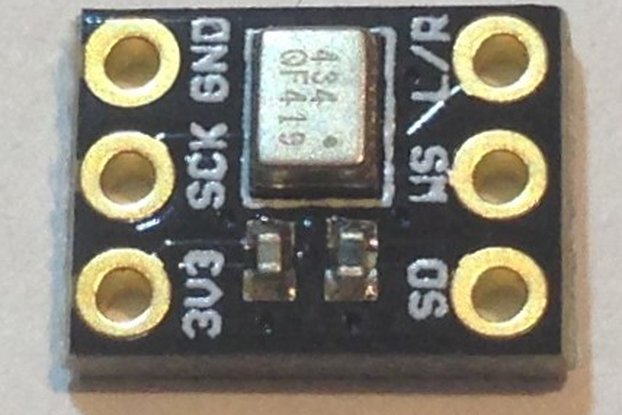
$11.95
Free Shipping!
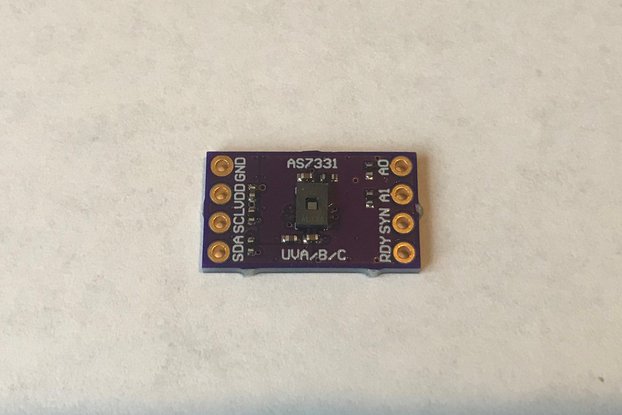
$35.95
Free Shipping!

$35.95
Free Shipping!

$49.95
Free Shipping!
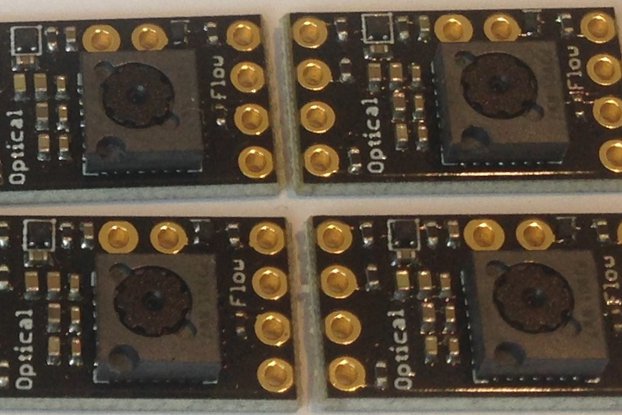
$29.95
Free Shipping!
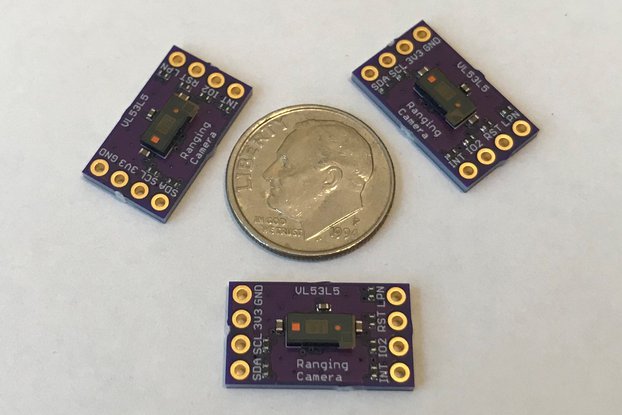
$19.95
Free Shipping!
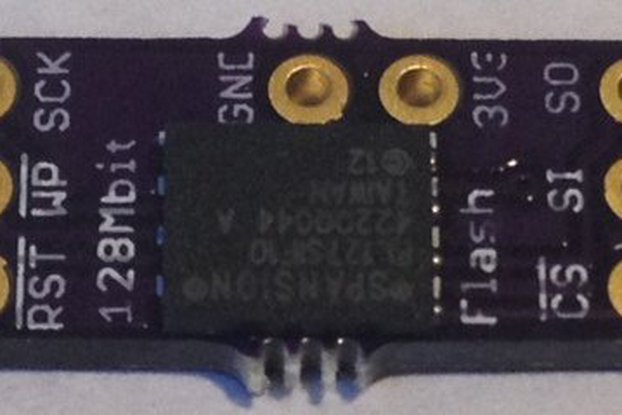
$12.95
Free Shipping!
By clicking Register, you confirm that you accept our Terms & Conditions
We recognize our top users by making them a Tindarian. Tindarians have access to secret & unreleased features.
We look for the most active & best members of the Tindie community, and invite them to join. There isn't a selection process or form to fill out. The only way to become a Tindarian is by being a nice & active member of the Tindie community!
